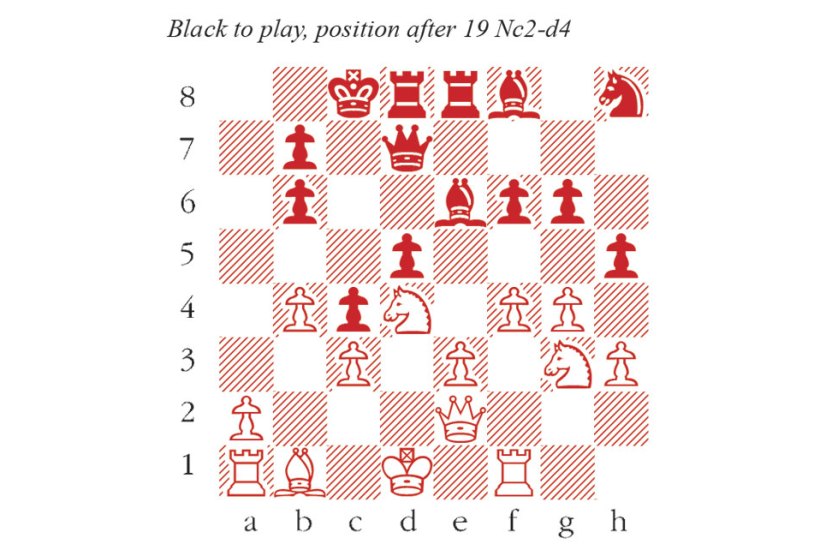‘Chess is a sea in which a gnat may drink and an elephant may bathe.’ I’m fond of that adage, which speaks to the depth of the game in a way that numbers cannot. But how many possible games of chess are there? The mathematician Claude Shannon wrote a paper in 1949: ‘Progamming a Computer for Playing Chess’, in which he estimated that there are at least 10120 (i.e.
Already a subscriber? Log in
Subscribe for just $2 a week
Try a month of The Spectator Australia absolutely free and without commitment. Not only that but – if you choose to continue – you’ll pay just $2 a week for your first year.
- Unlimited access to spectator.com.au and app
- The weekly edition on the Spectator Australia app
- Spectator podcasts and newsletters
- Full access to spectator.co.uk
Or
Unlock this article
You might disagree with half of it, but you’ll enjoy reading all of it. Try your first month for free, then just $2 a week for the remainder of your first year.








Comments
Don't miss out
Join the conversation with other Spectator Australia readers. Subscribe to leave a comment.
SUBSCRIBEAlready a subscriber? Log in